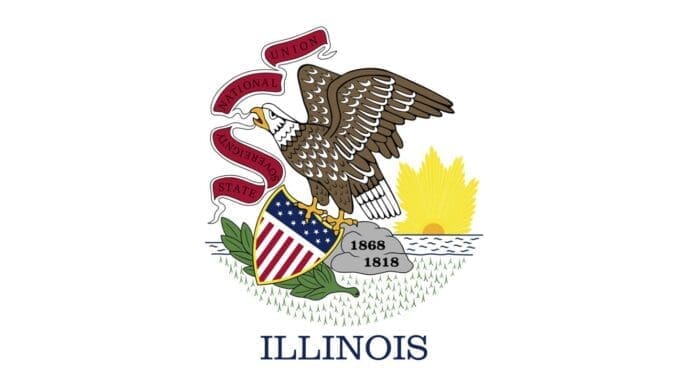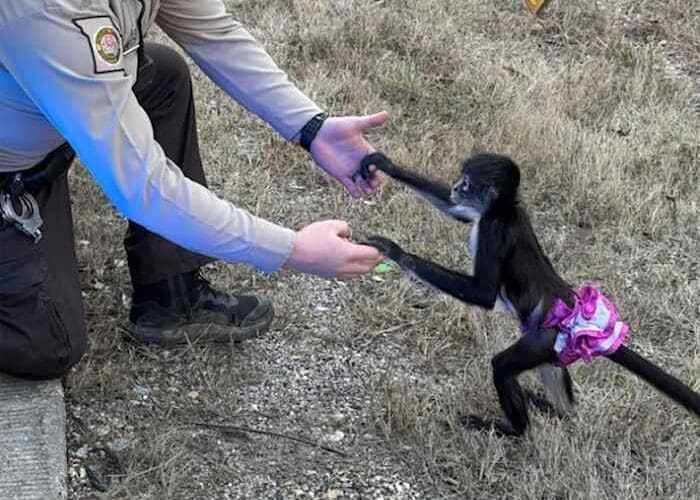In recent weeks, mysterious drones have been sighted across New Jersey and other parts of the eastern United States, prompting public curiosity and governmental response. The sightings have led to temporary drone flight restrictions in key areas, particularly near critical infrastructure.
A surge in drone sightings has led the Federal Aviation Administration (FAA) to implement temporary no-fly zones in 22 areas of New Jersey and 30 locations in New York, primarily close to New York City and Long Island. These measures were requested by federal security agencies and will remain effective through mid-January. Despite these restrictions, authorities assert that the drones do not pose a national security threat.
Investigations conducted by the FBI, Department of Homeland Security, and state agencies have yet to uncover any malicious intent behind the drone activities. President Joe Biden has commented that there appears to be nothing threatening about these drones. Nevertheless, the topic has fueled debates among state and municipal lawmakers advocating for stricter regulations on unmanned aerial vehicles, including legislative proposals to expand authorities’ power to track and disable drones.
New Jersey, in particular, has reported numerous drone sightings since mid-November, including areas near significant sites like the Picatinny Arsenal and the golf course owned by former President Donald Trump. Governor Phil Murphy has indicated that drone detection technology provided by the federal government has offered little new insight, although it possesses capabilities to disable drones, which remain illegal on U.S. soil without special clearance. Murphy has called for Congress to empower states with greater authority over drone operations.
Federal and local officials have warned against using lasers to spot drones due to the increased risk to aircraft pilots. Additionally, there is concern that individuals may mistakenly target manned aircraft, mistaking them for drones, risking serious accidents.
Public speculation abounds regarding the potential origin and purpose of the drones. Some theories suggest they might be operated by foreign entities or involved in covert operations. However, Pentagon spokesperson Maj. Gen. Pat Ryder has dismissed these notions, stating the drones’ conspicuousness makes such covert operations improbable. He reassured that the Department of Defense is not responsible for these activities, emphasizing no military operations are taking place in the affected regions.
The drone disruption has already caused temporary shutdowns at New York’s Stewart International Airport and Wright-Patterson Air Force Base near Dayton, Ohio. Two individuals in Boston were also arrested for allegedly flying a drone too close to Logan International Airport.
The legislative push to enhance drone management includes a Senate bill that has been under review for over a year. This bill would allow federal and local law enforcement to monitor and neutralize drones under federal oversight. Similar legislation is also pending in the House.
Views diverge even among political leaders. Former President Trump has urged for transparency and advocated that the public should be informed of any findings. He has even suggested shooting down the drones if necessary. In contrast, U.S. Sen. Andy Kim of New Jersey sees no evidence of government deception in the ongoing investigations and attributes public distrust to broader societal issues.
The series of drone sightings in New Jersey and surrounding states continues to spark intense interest and scrutiny. While officials maintain there is no imminent threat to national security, the push for increased regulatory authority over drones highlights the growing need for oversight in this rapidly expanding field. As legislative actions unfold, the balance between public safety and technological advancement remains a focal point of debate.
Source: Local10














